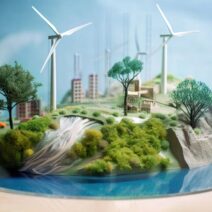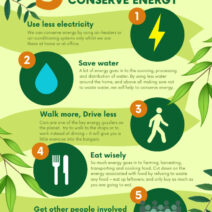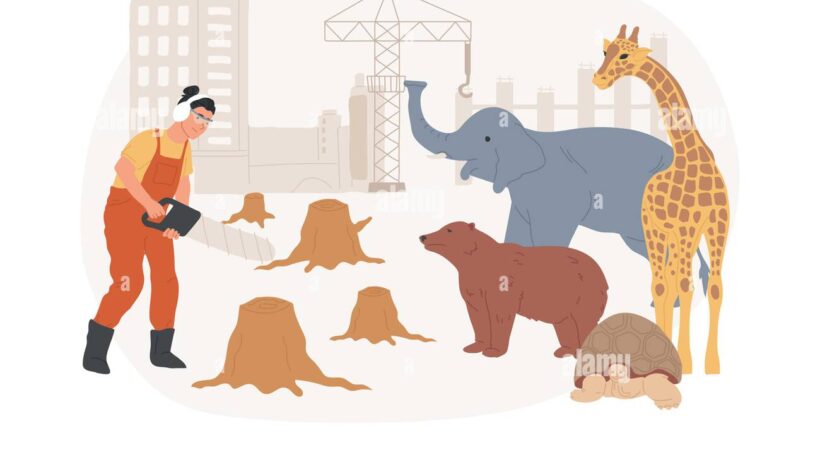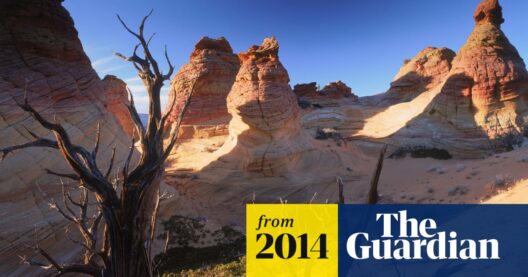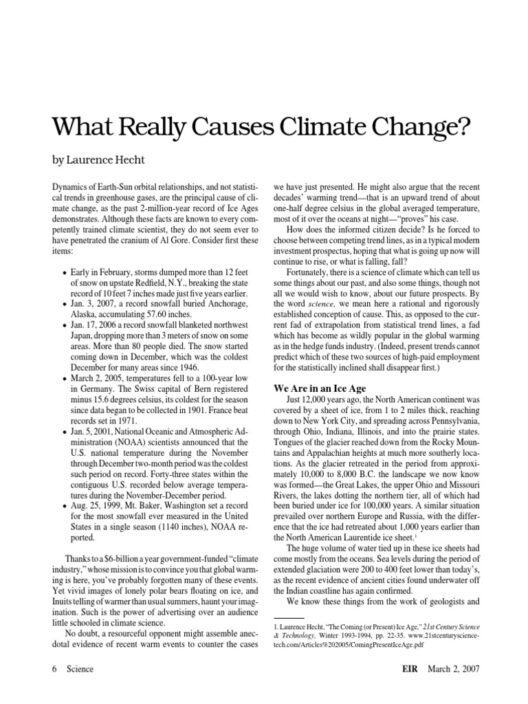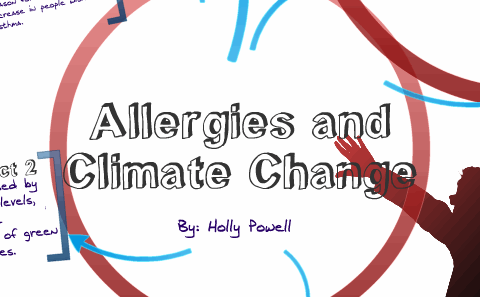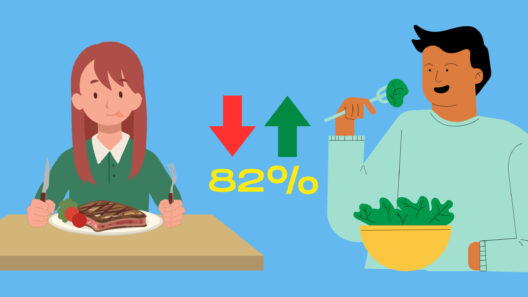In the grand tapestry of life, the delicate threads of ecosystems are rapidly fraying, revealing a stark reality: global warming is an unprecedented threat to wildlife and their habitats. The world is like a sprawling mosaic, each piece representing unique species and habitats intricately interwoven. However, with rising temperatures and shifting climates, this mosaic is cracking under the strain, leading to a cataclysm of biodiversity loss. Among the most poignant manifestations of this environmental crisis is the plight of wild animals struggling to survive in their own homes.
As the planet’s thermostat rises, the effects are felt in every corner of the globe. Polar bears, once regarded as icons of the Arctic, find themselves swimming ever farther to seek out diminishing sea ice. These majestic creatures, the embodiment of resilience in a harsh environment, are now facing a paradox: their essential habitat is evaporating beneath their paws. Melting ice not only disrupts their hunting patterns but also diminishes their reproductive success, as mothers struggle to find sufficient nourishment to nurture their young. Herein lies an evocative metaphor: the polar bear, once the king of its icy realm, is now becoming a mere ghost in a disappearing landscape.
Moving southward, the fate of coral reefs reveals another tragic narrative. These vibrant underwater ecosystems, teeming with life, are akin to forests of the sea. They provide havens for countless marine species, which rely on the corals’ intricate structures for shelter and sustenance. However, ocean temperatures are rising, leading to mass coral bleaching, akin to a disease ravaging a forest’s trees. When corals expel the symbiotic algae that give them color and nourishment due to thermal stress, the repercussions resonate throughout the food web. Fish populations plunge, and an entire aquatic paradise fades into desolation. The coral, once the thriving heart of the ocean, becomes a stark reminder of the fragility of life beneath the waves.
While these examples highlight some of the most visible impacts of climate change, it is crucial to consider the broader implications for all wildlife. In terrestrial environments, shifts in climate patterns alter the availability of food and water resources, leading to increased competition among species. For instance, as certain plant species bloom earlier due to warmer temperatures, the animals reliant upon them for nourishment may find themselves caught in a misaligned cycle, akin to actors scrambling for their cues in a poorly directed play. Such disruptions create cascading effects that threaten not only individual species but entire ecosystems.
Furthermore, as habitats shift or diminish, species face increasing pressures from human encroachment. Urban sprawl and agricultural expansion, fueled by a thirst for resources, encroach upon the last vestiges of wilderness. This phenomenon creates a juxtaposition of tragedy; wild animals, striving to adapt to a rapidly changing world, are often pushed into conflict with human development. The once-thriving corridors of movement become transformed into perilous urban jungles. Here, the metaphor of a tightrope walker becomes crystal clear: animals are maneuvering along precarious pathways, attempting to navigate the complexities of coexistence and survival in a world designed by humans.
One might contemplate the inspiring resilience found in nature, yet this resilience is not boundless. Species are becoming increasingly vulnerable, and the consequences of extinction reverberate far beyond individual organisms. Each species serves as a vital cog in the intricate machinery of the ecosystem. When one cog falters, the entire system risks malfunctioning. The domino effect of losing a single species can lead to the collapse of food chains, result in habitat degradation, and ultimately endanger the human species itself. The interconnectedness of all life is undeniable; it is a profound lesson etched into the very fabric of our existence.
To help prevent further loss, a multifaceted approach is essential. Conservation efforts that prioritize habitat restoration and protection are imperative. Safeguarding critical areas such as wetlands, forests, and marine reserves is crucial for nurturing biodiversity. These sanctuaries not only provide refuge for wildlife but also play pivotal roles in mitigating climate change by sequestering carbon, enhancing soil health, and regulating water cycles. Developing wildlife corridors can facilitate the movement of species, enabling them to find new habitats as their environments change. Enabling adaptability is a form of stewardship that humanity must embrace.
Moreover, raising awareness and educating the public about the significance of biodiversity is paramount. In a world increasingly driven by technology, the allure of virtual experiences must not overshadow the wonder of the natural world. Engaging communities in conservation efforts can foster a sense of responsibility and connection to wildlife. Just as a single raindrop contributes to a downpour, each individual has the capacity to influence positive change. Collective activism amplifies voices, creating a chorus of support for wildlife that resonates across continents.
The urgency of the challenge posed by global warming cannot be overstated. As the planet warms, wild animals remain on the brink—caught in a battle against time, against shifting climates, and against human encroachment. This delicate moment in history demands our attention and action. By embracing our role as guardians of the natural world, we have the opportunity to shape an enduring legacy that transcends generations. The preservation of wildlife and habitats is not merely an act of altruism; it is a necessity for our survival. The future whispers a poignant truth, urging humanity to restore balance before it is too late.
